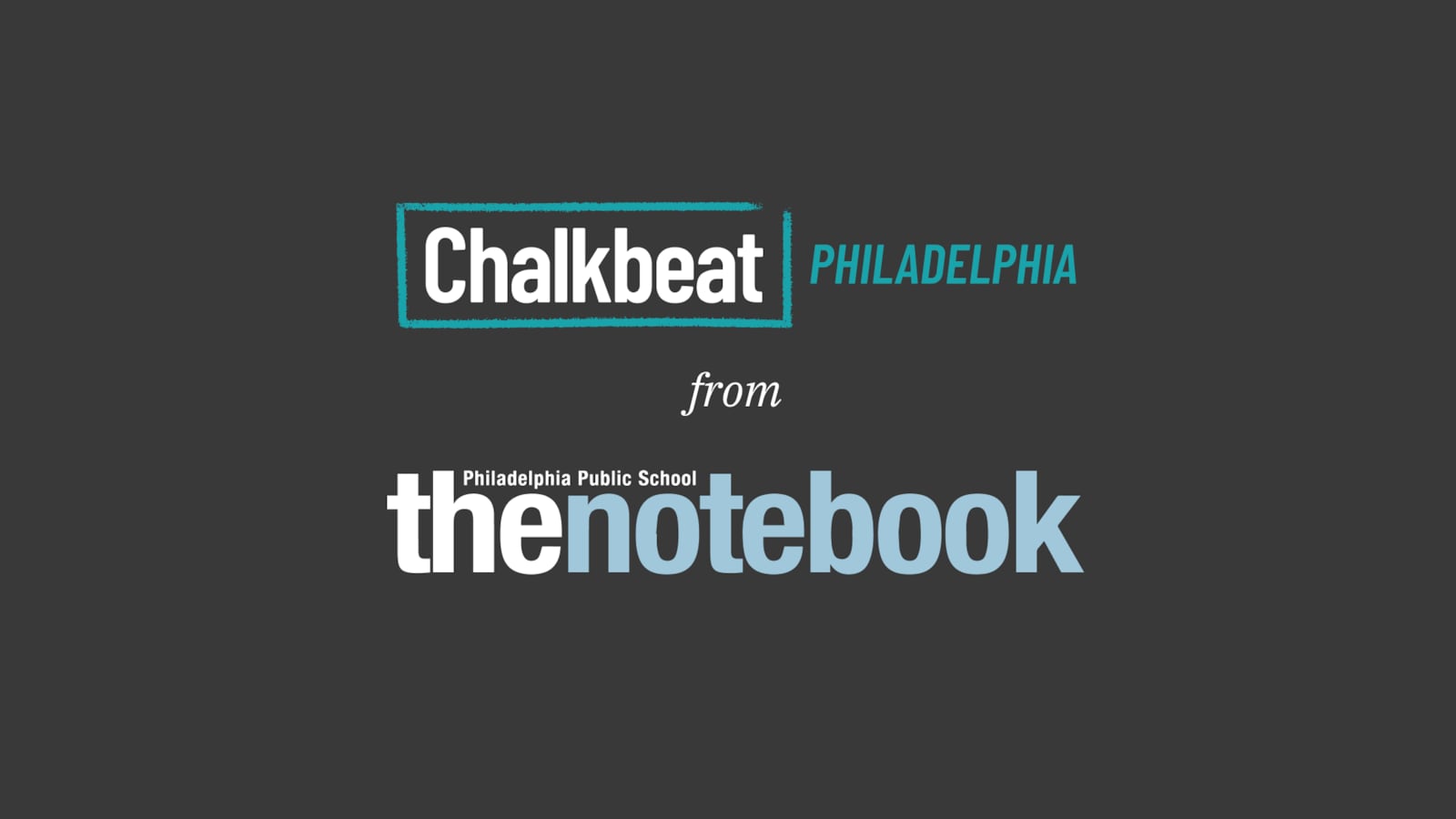This article was originally published in The Notebook. In August 2020, The Notebook became Chalkbeat Philadelphia.
Local and state education officials and civic leaders expressed concern and in some cases surprise at the Notebook’s report on declining numbers of full-time art and music teachers in Philadelphia schools (see story, Full-time art, music teachers: a dwindling breed?). Full-time music teachers are lacking at 133 of the District’s 268 schools, and 121 schools lack an art teacher.
While a variety of factors may have contributed to the decisions of schools not to maintain art and music teaching positions, most of the local and state leaders interviewed said the key to fixing the problem is securing adequate financial resources to support arts programming. For many, the limited staffing of arts programs in Philadelphia pointed directly to the thorny issue of school funding reform.
But there was no disagreement among those interviewed about the value of strong arts programs in schools.
“Nobody can demean the value of having arts flourish in public schools,” said School Reform Commission member James Gallagher, who is president of Philadelphia University. “We know what that’s like – we’ve seen it in our lifetimes.”
District officials point to a time as recently as the early 1970s when every school had art and music teachers, middle and high schools had a band or orchestra, and more than 20 central office supervisors coordinated regional and citywide music and arts activities.
“I think we have to aspire to get back to that,” Gallagher stated.
School Reform Commissioner Dan Whelan said art and music ought to be offered in schools “without exception.”
Whelan said he was “surprised” at the reported decline in numbers of art and music teachers and commented, “I don’t think we should be dropping or curtailing art.”
Another commissioner, Sandra Dungee Glenn, added, “I look at art and music as fundamental parts of education. It is very troubling that we still don’t have the resources to provide full-time art and music teachers in all of our schools.”
Whelan acknowledged that financial realities may force schools and the District to make “hard choices,” but he expressed optimism that money could be found to support arts education.
But Dungee Glenn said, “We still have to face the fact that as a district in the state of Pennsylvania we do not have adequate structural funding support to provide quality education as any of us would define it. That’s still the fundamental problem.”
Pennsylvania Governor Ed Rendell’s policy director, Donna Cooper, noted that those issues are up for debate in Harrisburg right now. “We need the legislature to support the kind of increases in school funding that are called for in the Governor’s budget,” Cooper said. “With those kinds of increases,” she added, “we should be able to either forestall other cuts or hopefully even enable some of the past cuts to be restored.”
Gallagher noted that funding for arts education is one of a number of areas of need and said the SRC has discussed “putting a five-year budget together and putting all of our aspirations in that budget.”
“It would be quite sobering when we see how much money we need to do it,” he added. “But at least it would cause us to attack the problem or attack the opportunity.”
CEO Paul Vallas acknowledged, “Until the federal government starts really prioritizing education and until the state and the city invest more in their schools, we’re going to continue to struggle.” But he stressed the progress his administration has made in expanding arts opportunities through outside partnerships, new curriculum guides, and investments in art supplies, musical instruments, and textbooks.
Vallas observed that besides financial constraints on schools, a key factor in the loss of music and arts teachers is “the focus on language arts and math – because there are a lot of schools that are focusing on the core subject areas.”
Pennsylvania Secretary of Education Gerald Zahorchak spoke to the widespread concern that the pressures to improve test performance in reading and math may be crowding out the arts: “There are ways to raise reading and math scores without narrowing the curriculum to only reading and math.”
“It ought not be viewed as an either-or proposition,” added former Governor Mark Schweiker, head of the Greater Philadelphia Chamber of Commerce. “Exposure to art is as important as mastering two-digit addition.”
Zahorchak said he sees the arts playing a leading role in successful schools across the state. Touting the integration of arts across the curriculum, Zahorchak said, “It is project-based education that students learn best from.”
He added that leadership is a critical variable in ensuring a curriculum that goes beyond basic skills to “support the development of critical, creative, problem-solving, and interpersonal skills.”
Schweiker expressed confidence in CEO Paul Vallas’ “having the will … so ultimately a way will be found…. I think he understands this connection between the economic well-being of the city and the region and nurturing the love of creativity and art.”
Schweiker went on, “We’re not going to have the fruits of innovation if we don’t plant the seeds of creativity in the classrooms. . . . The region and society are going to pay a price if we don’t succeed at re-establishing the balance.”
Others shared Schweiker’s sense of urgency. “If we keep on the current path, we’re going to disenfranchise the next-generation leaders who haven’t had the opportunity to experience the arts on a consistent, daily basis,” said Julie Hawkins, Director of Policy and Government Relations at the Greater Philadelphia Cultural Alliance.
Hawkins added, “Our local educational leadership needs to articulate the connection between strong arts education and strong public schools, and lead the effort to make that vision a reality.”

